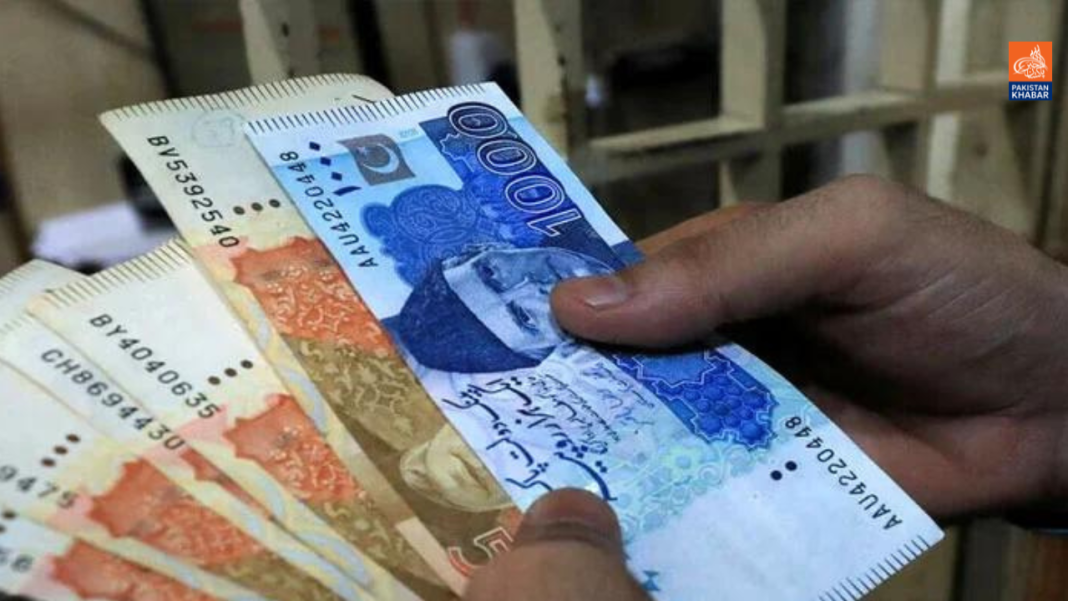The sharp decline in inflation during August has created an opportunity for a potential interest rate cut of up to 200 basis points, according to researchers and analysts following the latest inflation data released on Monday.
The Consumer Price Index (CPI), which tracks core inflation, fell to 9.6% in August from 11.1% in July, paving the way for the State Bank of Pakistan (SBP) to lower interest rates, aligning with the demands of economic stakeholders.
Samiullah Tariq, head of research and development at Pakistan Kuwait Investment Company (Pvt) Limited, anticipates a 150 basis points (bps) reduction in the upcoming monetary policy, noting that real interest rates are currently at 9.9%.
In the previous monetary policy meeting on July 29, the SBP reduced the interest rate by 100 bps to 19.5%. However, many in the trade and industrial sectors argue that this rate is still too high to effectively stimulate the economy. They are advocating for a reduction to around 14%, citing the high interest rates as a significant barrier to private sector borrowing due to the prohibitive costs.
Experts are now predicting a potential rate cut of up to 200 bps in the next monetary policy meeting scheduled for September 12. Mr. Tariq pointed out that secondary market yields on three-month treasury bills are around 18%, which is 1.5 percentage points below the current policy rate, indicating market expectations for at least a 1.5 percentage point rate cut.
Mohammad Sohail, CEO of Topline Research, is even more optimistic, forecasting a potential rate cut of up to 200 bps in the next monetary policy. He emphasized that current inflation trends support a cut of between 100 and 200 bps, and the upcoming T-bills auction will offer further clarity on market expectations for the scale of the cut.
However, Mr. Sohail warned that sustaining this trend of low inflation would require a long-term agreement with the International Monetary Fund (IMF), bolstering foreign exchange reserves, and maintaining fiscal discipline. Pakistan is currently in discussions for a 37-month loan agreement with the IMF worth $7 billion, but the government has faced challenges in increasing foreign exchange reserves ahead of finalizing the deal.
Researchers also highlighted that geopolitical tensions, including the conflict in Palestine, the war in Ukraine, and rising tensions with Iran, could lead to higher oil prices, which may in turn drive up inflation due to increased costs of petroleum products.
Tahir Abbas, head of research at Arif Habib Limited, suggested that the SBP might adopt a cautious approach in the upcoming monetary policy. He expects a 150 bps cut, but noted that despite the significantly positive real interest rates, the SBP is likely to proceed with caution in easing monetary policy.
Independent economists caution that a cautious approach may not be enough to spur economic growth, with GDP growth expected to remain between 2.5% and 3.5%—insufficient to create enough jobs for the many young Pakistanis currently seeking opportunities abroad.




